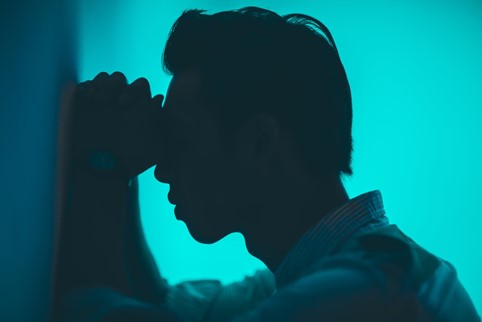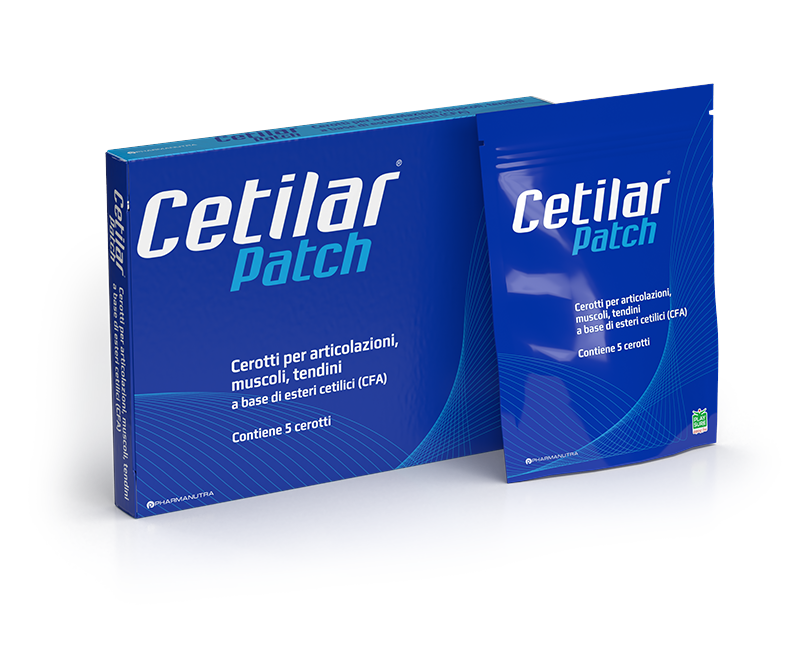Back strains: treatments recommended by the physiotherapist

Sudden, painful and inhibiting, yet innocuous, we are of course talking about back strain, a highly common condition that can be triggered by a traumatic event, a sudden movement, or a simple everyday activity like picking up the shopping. Back strain is nothing more than a simple muscle contracture which results in acute lower back pain. When should you consult your family doctor and how is it treated? Read this article to discover what the physiotherapist recommends.
- What exactly is a back strain?
- What causes a back strain?
- Symptoms of a back strain
- Instant remedies and long-term treatments
- The Physiotherapist’s advice
What exactly is a back strain?
Back strain or Lumbago is the common expression used to describe a sudden acute lower back pain.
A back strain is characterised by a sudden, unexpected pain, often due to a trivial movement or when exerting significant effort, such as lifting and moving a heavy object. The main symptoms are severe pain and muscle contracture in the lower back (lumbar region). In some cases, symptoms may also radiate to the buttock and the back of the thigh. The muscles become stiff and the patient often remains frozen in one position, usually with the back bent forward and flexed/rotated to one side, and unable to stand erect. The medical term to describe a back strain is acute (sudden onset) lower back pain.
What causes a back strain?
Although in most cases, it is not possible to identify the precise underlying structure of the lumbar strain, two main causes can be identified: muscle spasm and locked facet joints, or a combination of the two.
– Muscle spasm
A muscle spasm is a sudden, involuntary contracture of one or more muscles. As the muscle is a highly innervated structure, this condition causes severe pain. The spasm may last from a few hours to several days, and physiotherapy is highly effective in these cases. The muscles most commonly affected by acute lumbar strain are the quadratus lumborum, the paravertebral, and the iliopsoas muscles.
– Locked facet joints
Facet joints are the joints which connect each of the vertebrae of the spine. Each has a joint capsule which is reinforced by the deep muscles of the back, and a type of meniscus inside the joint. They contribute little in terms of supporting weight, but are essential in guiding and limiting the movements of the back. They therefore protect the intervertebral disc from excessive shear forces and torsion.
Contracture of the facets usually occurs when rising from a seated position, or after bending over. Severe pain inhibits standing straight, and the patient remains frozen in a flexed position.
Symptoms of a back strain
In a classic case of back strain, one which involves the majority of patients, the pain is localised and affects one side of the back. The patient describes it as both dull and sharp, possibly radiating to the buttock and lower limbs. The severe pain and contracture inhibit the patient from standing fully erect. The patient is usually more comfortable when lying down or sitting. The pain increases during twisting or stretching movements.
Instant remedies and long-term treatments
How long does a back strain last? A classic case of back strain tends to go away on its own in a few days, however it may persist for up to 7-10 days if not treated promptly. Physiotherapy is the best solution for a quick recovery.
The first thing the patient asks in these cases is what to do immediately: the treatment options for back strain differ depending on what caused the contracture to occur.
For a muscle spasm, the physiotherapist will try to relax the stiff muscles using a variety of possible techniques to reduce the pain: TECAR therapy, massage therapy, fascial manipulation, decontracting massages, and treating trigger points are just some of the methods a therapist can use.
Contrary to what we may think, in the initial phases of a muscle spasm which correspond to the acute phase, stretching is contraindicated. In fact, it may cause the muscle to “feel under attack” and cause it to go into protection mode and worsen the spasm. In these situations, more experienced physiotherapists use muscle shortening techniques; by shortening the muscle in spasm even more, the central nervous system no longer feels the need to keep it contracted and, as a result, allows it to relax.
If, on the other hand, we are faced with a locked facet joint, the best treatment and the one which often has an immediate result is high velocity, low amplitude (HVLA) spinal manipulation: by means of a very fast and short movement, localised on the locked facet joint, the therapist releases the joint, resulting in an instant reduction in pain. Following this, various muscle stretching and/or physical therapy techniques can relax the lumbar muscles, which may retain some stiffness, especially if the contracture occurred a few days earlier.
The Physiotherapist’s advice
Below you will find six practical tips from the physiotherapist to prevent back strains, to stand up straight again and get to sleep.
- Standing up: to return to an upright position, ask someone for help or use the furniture in the room to support your weight. Do not strain your muscles, but rather make slow, gentle movements to find a comfortable position.
- Even though back strain sometimes occurs randomly and suddenly, it may mean that the spine and surrounding muscles are not in good shape, perhaps due to a sedentary lifestyle and lack of physical activity.
- To prevent the occurrence of muscles contractures of the back, my advice is to maintain their flexibility through an ongoing regime of stretching. Yoga and Pilates can also help to improve general elasticity.
- At the same time, muscles need to be toned to support the spine during exertion: above all, working the Core muscles (the muscles of the abdomen and the deep muscles of the back), the legs and the buttocks can help prevent back strains.
- If your back locks up, instead of waiting and self-prescribing medications, my advice is to consult an experienced physiotherapist who, in just a few sessions over a short period of time, can often resolve the problem.
- Sleeping For adequate rest in the days immediately following the muscle strain, try using pillows placed under the nape of the neck and under the knees if you sleep on your back or, if you sleep on your side, place the pillow between the knees.




